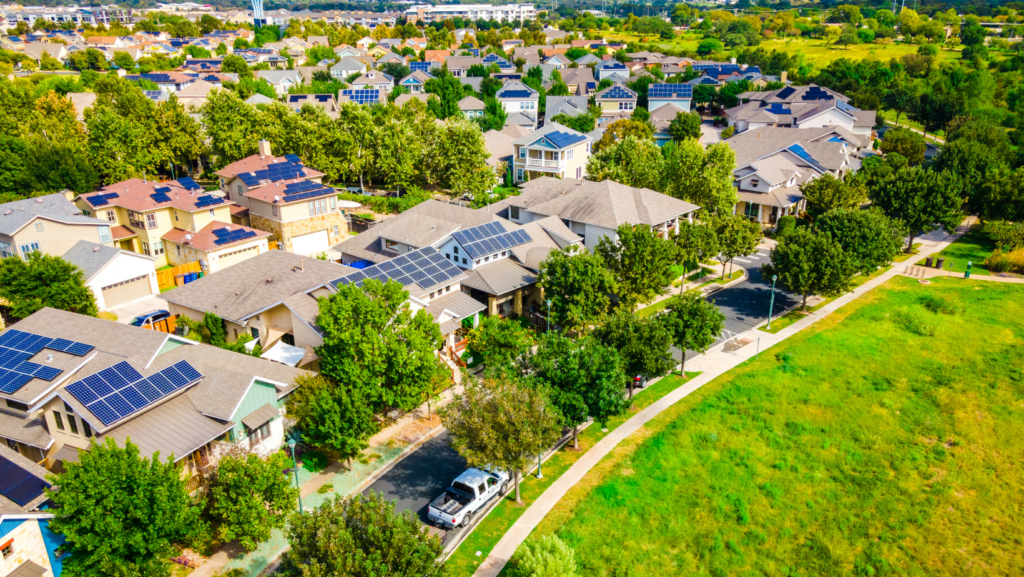In an era where environmental concerns are more pressing than ever, sustainable living has emerged as a crucial lifestyle choice. This approach involves minimizing one’s environmental impact by making deliberate choices that promote ecological balance while earning discounts. From reducing waste to conserving natural resources, sustainable living is about creating a harmonious relationship between humans and the earth.
What is Sustainable Living
Sustainable living refers to a lifestyle that attempts to reduce an individual’s or society’s use of Earth’s natural resources. Practitioners of sustainable living often try to reduce their carbon footprint by altering methods of transportation, energy consumption, and diet. Sustainable living aims to achieve a harmonious existence with the environment, promoting balance and reducing pollution.
Key components include utilizing renewable energy sources such as solar and wind energy, minimizing waste by recycling and composting, and choosing sustainable farming products like organic fruits and vegetables. Transforming daily habits, like using public transport or biking instead of driving, supports efforts towards a more sustainable future. This approach also encourages the conservation of water by implementing rainwater harvesting systems and fixing leaks quickly to prevent water waste.
Key Components of Sustainable Living
Energy Efficiency and Renewable Sources
 Energy efficiency forms a cornerstone of sustainable living, focusing on using less energy to perform the same tasks. This reduces energy waste, lowers utility bills, and diminishes the environmental footprint. Households can improve energy efficiency by upgrading to LED lighting, which uses at least 75% less energy than traditional incandescent bulbs. Installing programmable thermostats also contributes by managing heating and cooling systems more effectively, ensuring energy is used only when needed.
Energy efficiency forms a cornerstone of sustainable living, focusing on using less energy to perform the same tasks. This reduces energy waste, lowers utility bills, and diminishes the environmental footprint. Households can improve energy efficiency by upgrading to LED lighting, which uses at least 75% less energy than traditional incandescent bulbs. Installing programmable thermostats also contributes by managing heating and cooling systems more effectively, ensuring energy is used only when needed.
Renewable energy sources, such as solar, wind, and hydroelectric power, play a pivotal role in sustainable living. They offer a limitless supply of energy without depleting natural resources. Solar panels, for instance, convert sunlight into electricity without any harmful emissions. This transition supports ecological balance by significantly reducing reliance on fossil fuels and decreasing greenhouse gas emissions.
Waste Reduction and Recycling
 Waste reduction is critical in minimizing the impact on landfills and conserving natural resources. One effective strategy is the “reduce, reuse, recycle” approach. Reducing consumption eliminates the need for excess materials, reuse extends the life of products, and recycling turns waste into valuable resources. For example, using reusable shopping bags and water bottles cuts down on plastic waste, helping reduce pollution and resource consumption.
Waste reduction is critical in minimizing the impact on landfills and conserving natural resources. One effective strategy is the “reduce, reuse, recycle” approach. Reducing consumption eliminates the need for excess materials, reuse extends the life of products, and recycling turns waste into valuable resources. For example, using reusable shopping bags and water bottles cuts down on plastic waste, helping reduce pollution and resource consumption.
Recycling programs play an essential role in sustainable living by converting waste materials into new products. This process conserves raw materials and reduces energy consumption. For instance, recycling just one ton of paper can save 17 trees, 7,000 gallons of water, and 380 gallons of oil. Engaging in local recycling initiatives not only supports environmental health but also promotes community responsibility towards sustainable practices.
Benefits of Adopting a Sustainable Lifestyle
Environmental Impact
Adopting a sustainable lifestyle significantly reduces one’s ecological footprint. This practice entails minimizing waste, using fewer natural resources, and contributing less to pollution. For instance, individuals opting for renewable energy sources like solar panels help decrease the dependence on non-renewable resources such as coal and natural gas. This shift not only conserves resources but also reduces air and water pollution.
 Energy savings are another major benefit. Upgrading to energy-efficient appliances and systems like LED lighting and programmable thermostats can cut down power consumption dramatically. By using less energy, households diminish their contribution to the output of greenhouse gases, which are primary drivers of climate change.
Energy savings are another major benefit. Upgrading to energy-efficient appliances and systems like LED lighting and programmable thermostats can cut down power consumption dramatically. By using less energy, households diminish their contribution to the output of greenhouse gases, which are primary drivers of climate change.
Moreover, sustainable living involves reducing water usage by implementing water-saving techniques such as rainwater harvesting and using low-flow plumbing fixtures. These actions conserve water resources and reduce the strain on municipal systems, thus promoting a healthier environment.
Challenges and Barriers
Embracing sustainable living isn’t just about recognizing its benefits—it’s about actively overcoming the challenges and barriers that come with it. Transitioning to a greener lifestyle requires both individual and collective efforts. While the initial costs and the availability of sustainable technologies can be daunting, the long-term environmental and economic benefits far outweigh these obstacles. It’s essential for communities to support each other in this shift towards sustainability. By fostering an environment where sustainable choices are easier and more accessible, everyone can contribute to a healthier planet. This collective action will pave the way for future generations to thrive in a cleaner, more sustainable environment.

